WG7 – Internal dosimetry
-
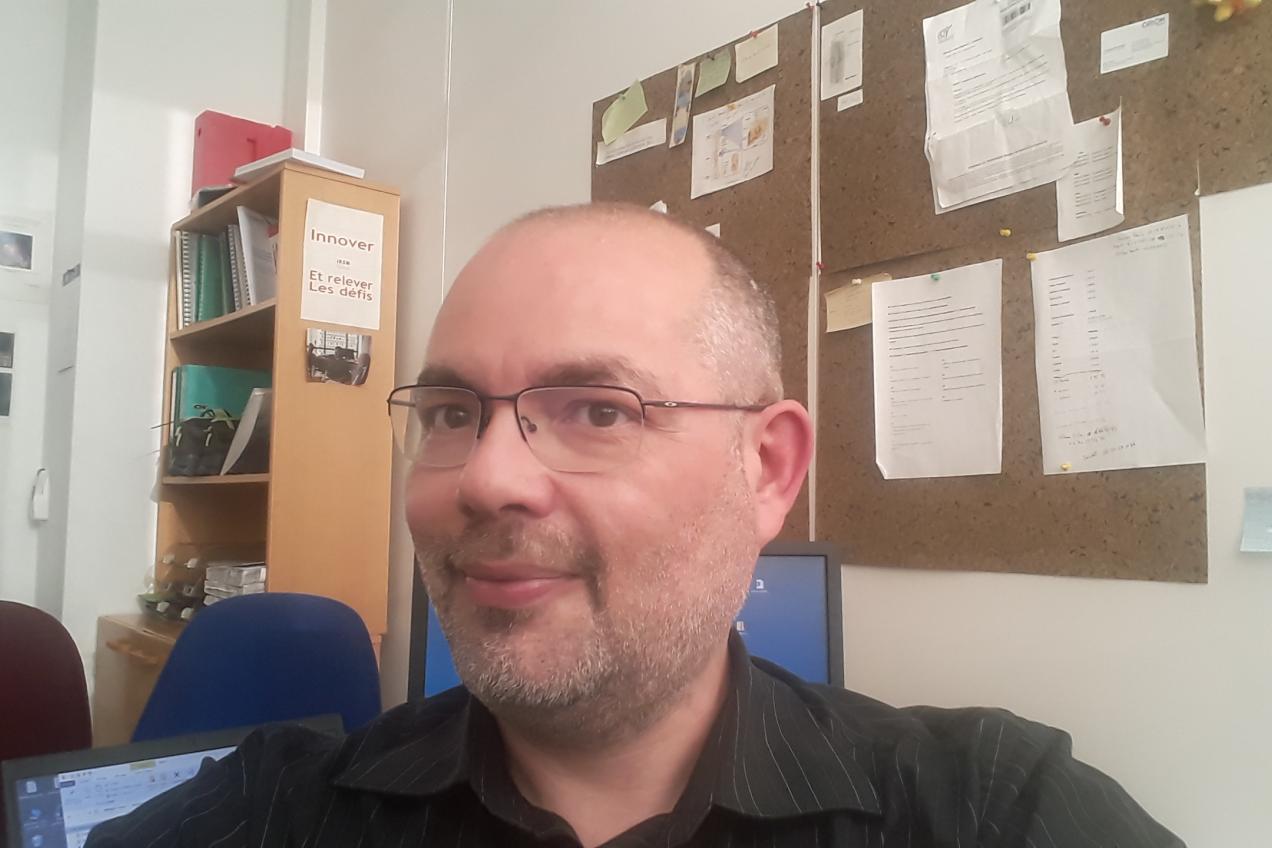
Chairperson
David Broggio
Institut de Radioprotection et de Sûreté Nucléaire (IRSN), France
Email: david [dot] broggio [at] irsn [dot] fr (david[dot]broggio[at]irsn[dot]fr) -

Secretary
Mirela Angela Saizu
Romanian Society for Radiological Protection (SRRp), Romania
Email: saizu_ang [at] yahoo [dot] com (saizu_ang[at]yahoo[dot]com) -

Membership
Working Group 7 has:
- 35 full members and
- ~70 corresponding members from 60 institutes of 24 countries (from Europe, America and Asia)
- ~50 observers
Motivation
The Internal Dosimetry community dealing with occupational exposures is currently focused on:
- The harmonization of methods and tools to obtain the “best estimate” of the intake and dose due to the incorporation of radionuclides into the body (ICRP, IDEAS Guidelines);
- Networking and coordination of research to promote collaboration of internal dosimetry experts, laboratories and services;
- Normalization for the establishment of Standards for appropriate quality assurance programs that guarantee reliability of the results of monitoring and dose E(50) and permit accreditation of internal dosimetry laboratories and
- Dissemination of knowledge, education and training.
Aim of working group:
Expanding and disseminating knowledge for the assessment of doses due to intakes of radionuclides.
Work Programme
Working Group 7 (WG7) within EURADOS acts as a network of scientists, services, regulators and laboratories collaborating for the coordination of research and the dissemination of knowledge for the assessment of doses due to intakes of radionuclides.
Our work programme is presented as follows:
- Harmonisation on internal dose assessments, intercomparison exercises with case studies
- Implementation & quality assurance of reference biokinetic models
- Application of Monte Carlo methods and voxel phantoms to in-vivo monitoring (collaboration with WG6 )
- Individual monitoring of internal exposures for Emergency scenarios
- Uncertainties on internal dose assessments, Accuracy Requirements
- Education and training on internal dosimetry
- Internal Microdosimetry (collaboration with WG6)
- Study of biological dosimetry vs. internal dosimetry in cases of accidental internal exposures (collaboration with WG10)
Task Groups
-

Emergency situations
Task Group leader: María Antonia López (CIEMAT, Spain)
The objective of this Task Group is developing studies and providing guidance on individual (in vivo
and in vitro) monitoring and dose assessment in scenarios of radiological and nuclear emergencies and in case
of incidents/accidents involving internal exposures. -
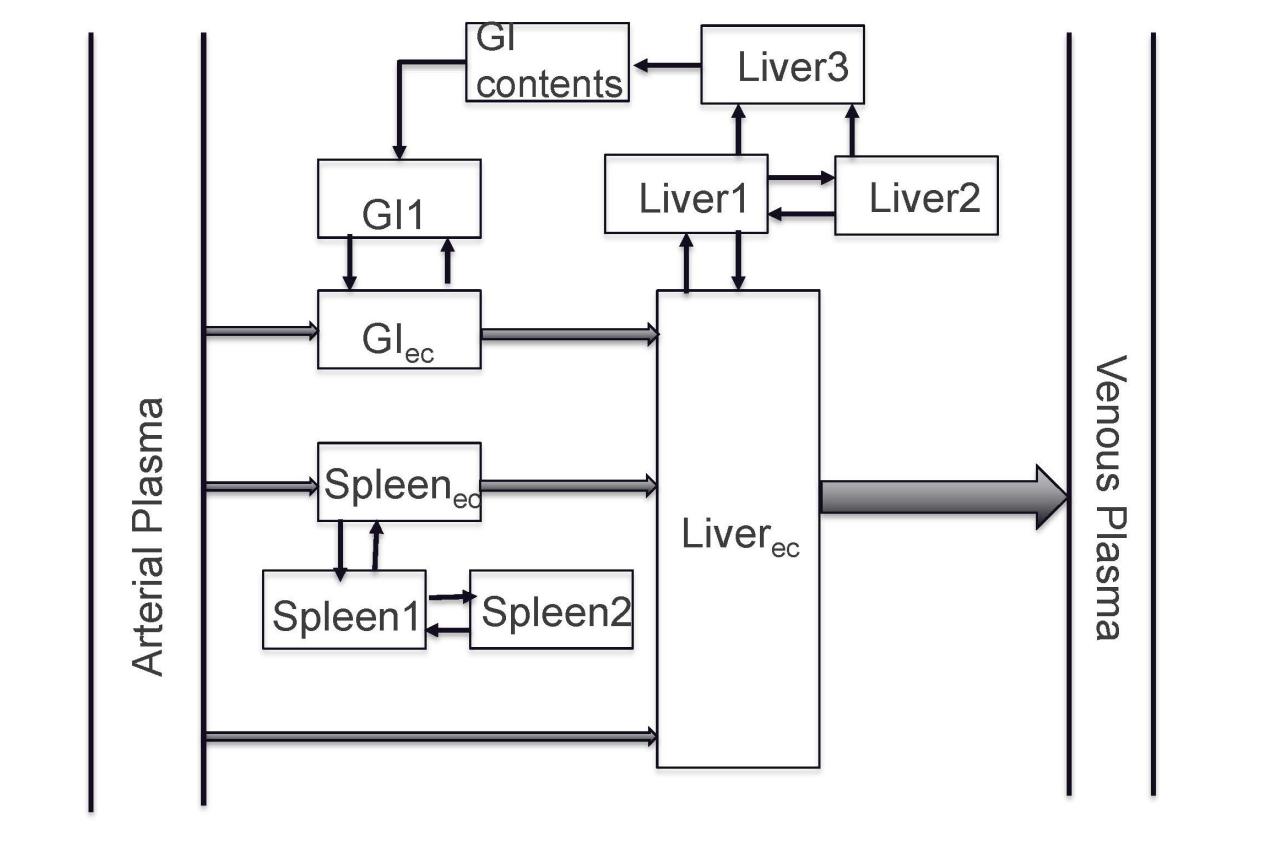
DTPA decorporation modeling
Task Group leader: Augusto Giussani (BfS, Germany)
The objective is to obtain a generic model for DTPA chelation modelling. These actions are identified and discussed:
- Consideration of physiologically-based modelling
- Analysis of animal and human data
-
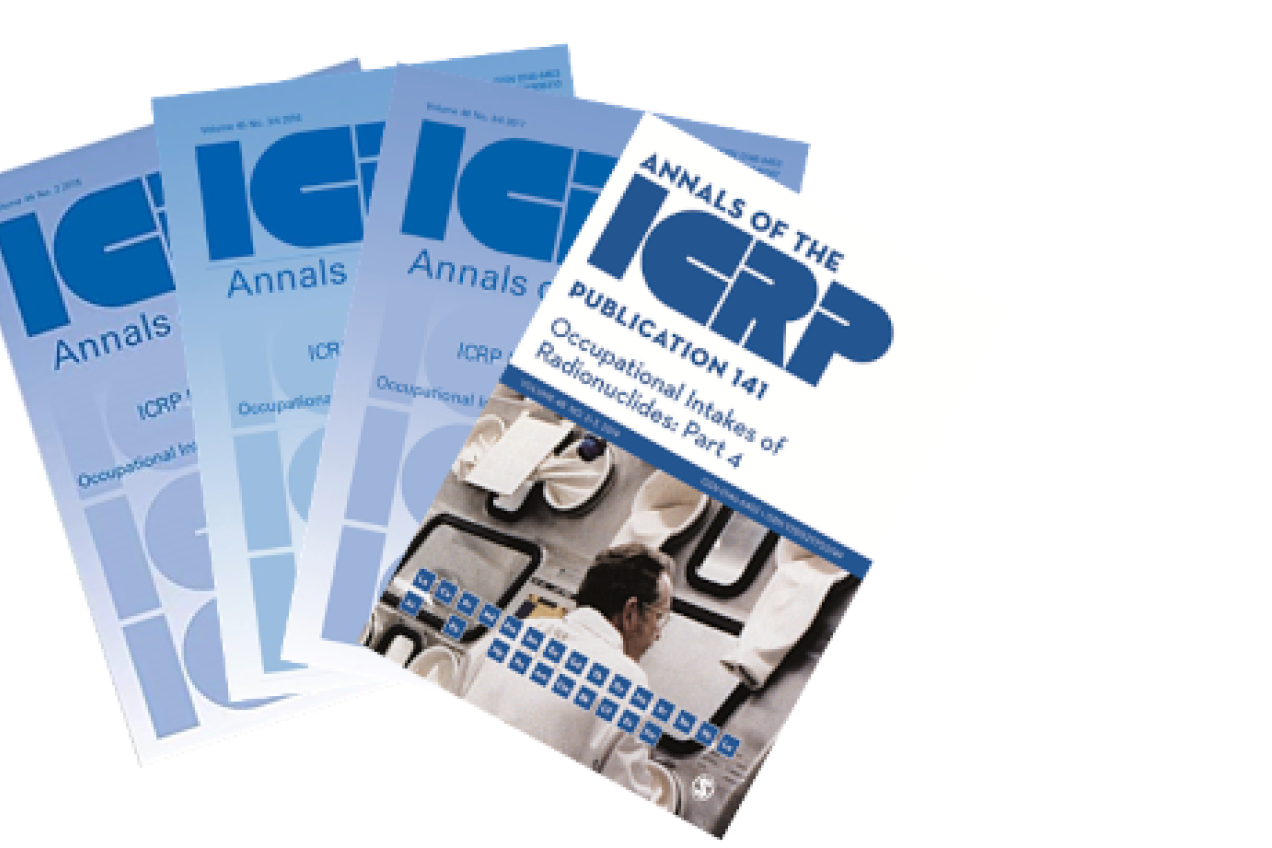
OIR guidance report
Task Group leader: Dietmar Noßke (ICRP Task Group 36)
ICRP has revised their ICRP Publication 30 series, resulting in a series of reports providing dose coefficients for occupational (OIR) and public intake of radionuclides. The aim of the Task Group is to publish an OIR guidance report which includes all information that is needed for the implementation of biokinetic
and dosimetric models, but not given explicitly in the OIR documents. -

Internal dosimetry of therapeutic radiopharmaceuticals
Task Group leader: Ramona Bouwman (NRG, The Netherlands)
The scope is to construct a roadmap for a dosimetry model for molecular radionuclide therapy (MRT) based on MIRD/ICRP standards with modifications to include individual physiological and biokinetic parameters, drug specific parameter and dose estimates on local (sub)cellular level.
The first step will be a literature review to provide insight into the current status of dosimetry in MRT and the challenges that needs to be addressed in future research. -

European Interlaboratory Comparison on Whole Body Counting (EIVIC2020)
Task Group leader: Didier Franck (IRSN, France)
EIVIC2020 is an intercomparison for whole body counters, which is organised jointly by EURADOS (incl. CIEMAT, Spain and KIT, Germany), BfS (Germany) and IRSN (France) and funded by the EC. The objective is to assess the implementation of the individual monitoring requirements in EU Member States based on in-vivo measurements and to have an overview of the performance of in-vivo measurements using whole body counters. EIVIC2020 has registered participants from 36 laboratories from 21 countries + EC + IAEA.
-
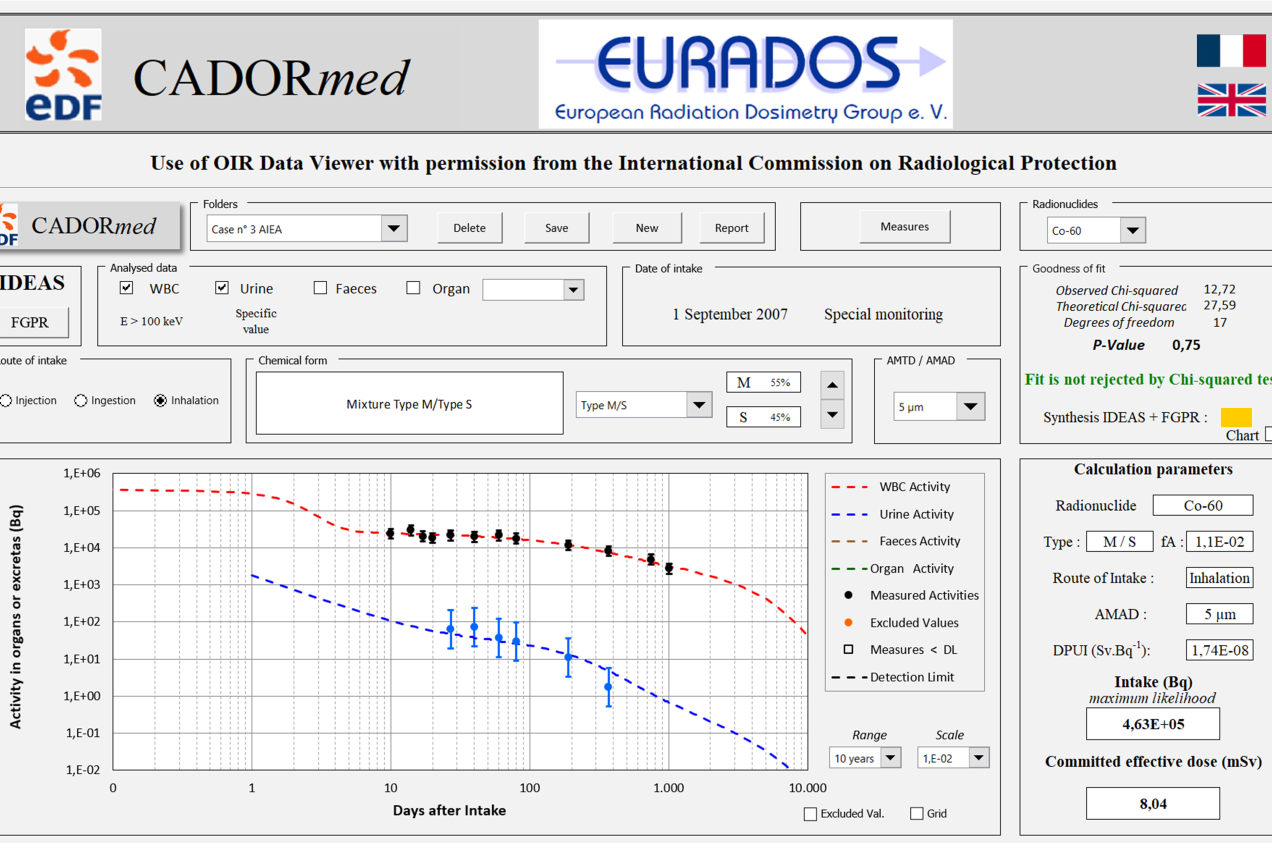
CADORmed validation
-

Hot Particles
Task Group leader: Werner Hofmann (Uni Salzburg, Austria)
Hot particles are defined as small high-activity radioactive particles of nominal diameter ranging from around 1 mm down to several μm. Hot particles are generated in situations like the Fukushima accident, nuclear power plants and radiation emergency will be investigated. The main radionuclides of interest for this task are radon, radon progeny and plutonium. The target organs are the skin, lungs and alimentary tract.
-
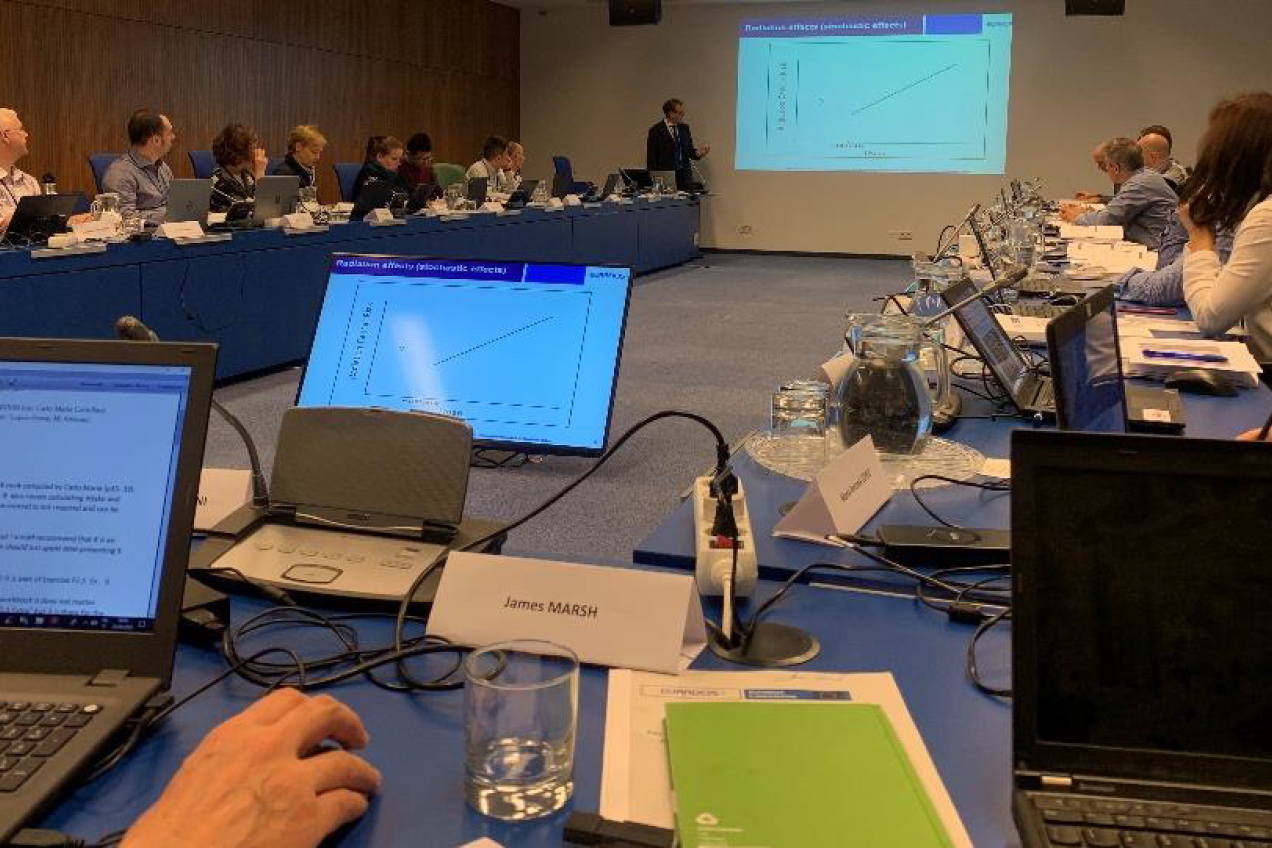
Training and education
Task Group leader: Bastian Breustedt (BfS, Germany)
- Training Course on the "Application of Monte Carlo Methods for Dosimetry of Ionizing Radiation"
- Training Courses on EC RP 188 (TECHREC): “Technical Recommendations for Monitoring Individuals for Occupational Intakes of Radionuclides".
- Joint EURADOS-ICRP Training Course on the "Theory and Practical Application of Codes for the Determination of Dose After Internal Contamination"
- Intercomparison on Dose Assessments (ICIDOSE): The main aim is to verify the practical application of the EC RP188 methodology.
-
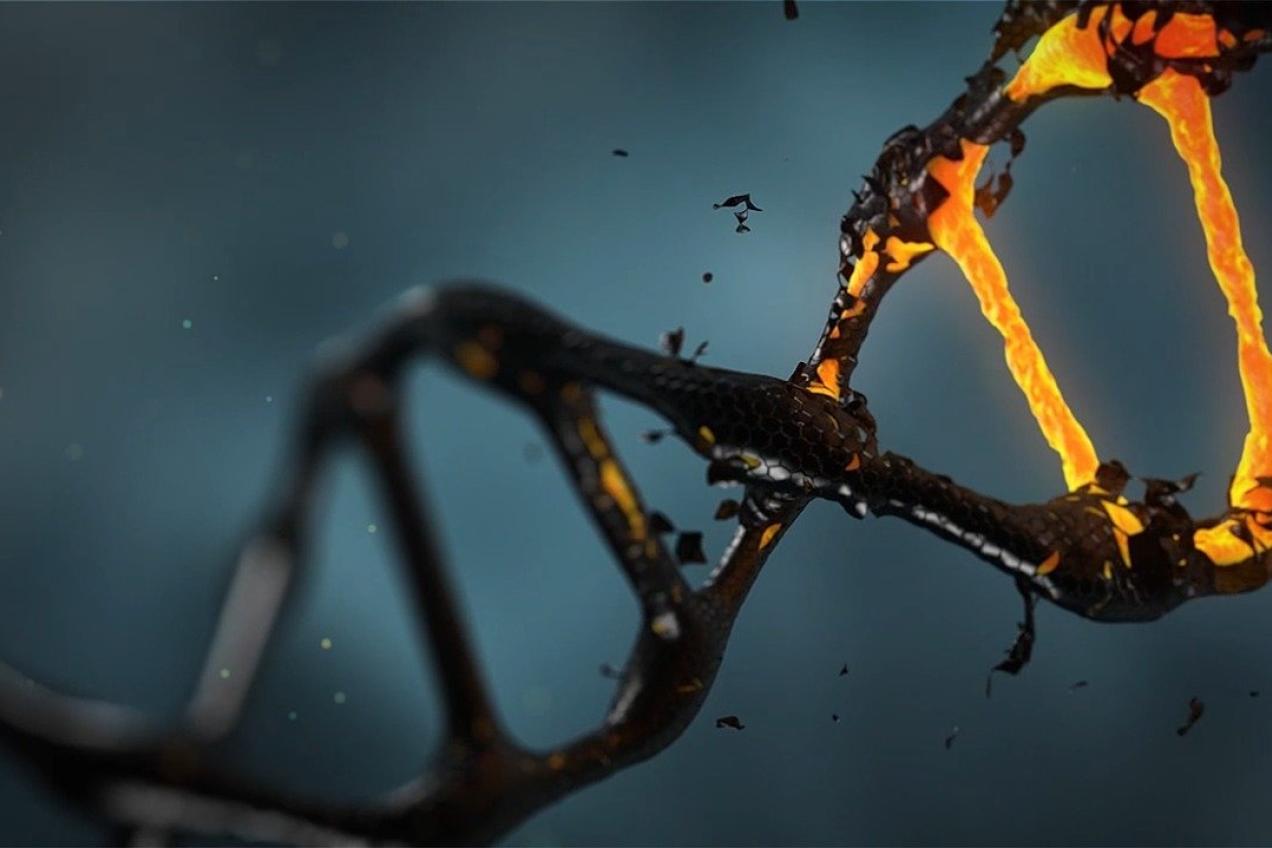
Micro- and nanodosimetry
Task Group leader: Weibo Li (BfS, Germany)
The primary aim is to identify problems in internal dosimetry where microdosimetry and nanodosimetry, i.e. energy deposition in cells and DNA molecules, is required as opposed to macrodosimtery, i.e. energy deposition in tissues and organs. Nuclear medicine and radiation protection are the two areas, where internal micro/nanodosimetry is required.
The Perspectives of this task would be:
- the study of the microdosimetric issues in radon lung dosimetry and cancer risk assessment (shape of the dose-effect relationship at low doses and dose rates, RBE for alpha particles, apportionment factors for lung regions, epidemiological vs dosimetric approach, uniform vs non-uniform nuclide distribution),
- the microdosimetry of conjugated radiopharmaceuticals (in collaborartion with TG Therapeutic Radiopharmaceuticals),
- the nanodosimetry in targeted radiotherapy,
- the implementation of micro-/nanodosimetry into carcinogenesis models,
- and the heterogeneity on distributions of radionuclides/radiation and doses in radiation protection and radiation medicine.
